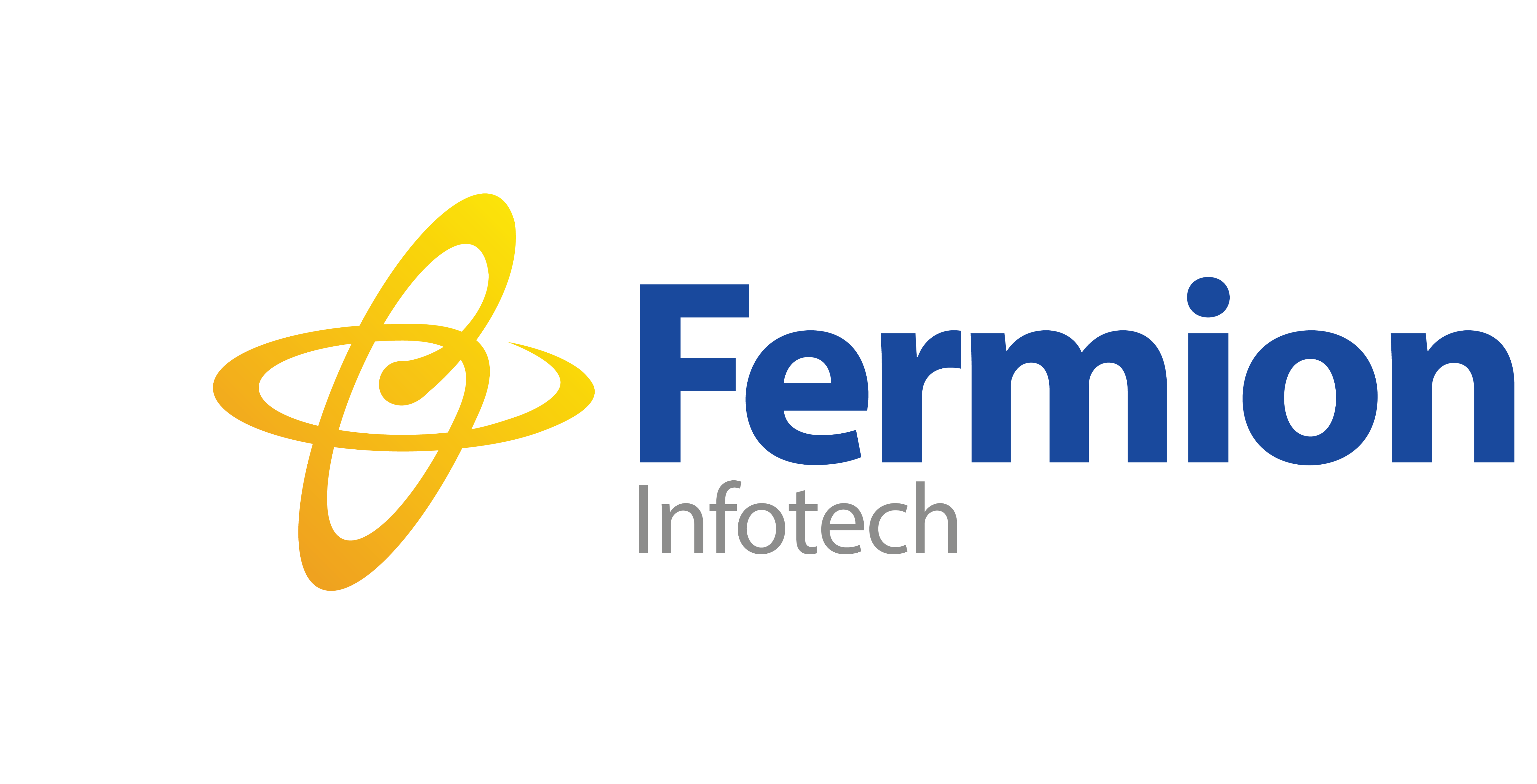
IT services help enhance the online presence, improve efficiency, ensure security, and provide a better overall experience for both the business owners and customers. While having an in-house IT team offers certain advantages, there are also challenges and problems associated with this approach. Here are some common issues that businesses may face when choosing to handle IT services internally rather than outsourcing:
- Costs:
- Higher Overheads: Maintaining an in-house IT team can be costly due to salaries, benefits, training, and infrastructure expenses.
- Fixed Costs: In-house teams often involve fixed costs, even during periods of reduced IT activity.
- Limited Expertise:
- Narrow Skill Set: In-house teams may have a limited skill set, which can be a disadvantage when dealing with specialized technologies or emerging trends.
- Lack of Diversity: External IT service providers often have a diverse pool of talent and experiences, whereas in-house teams may be limited in expertise.
- Scalability Challenges:
- Resource Allocation: Scaling up or down can be challenging for in-house teams due to the need for hiring, training, and managing resources.
- Flexibility: Outsourced teams can be more flexible in adapting to changing business needs.
- Recruitment and Retention:
- Talent Shortages: Recruiting skilled IT professionals can be competitive and challenging, especially in regions with a shortage of qualified talent.
- Staff Turnover: Retaining experienced IT staff can be difficult, leading to knowledge gaps and disruptions in ongoing projects.
- Technology Advancements:
- Continuous Learning: IT is a rapidly evolving field, and in-house teams may struggle to keep up with the latest technologies and trends without ongoing training.
- Outdated Practices: Lack of exposure to external projects and industry best practices may lead to outdated approaches.
6. Project Delays:
- Resource Constraints: In-house teams may face resource constraints, leading to delays in project delivery.
- Dependency on Key Individuals: Projects may be at risk if they depend heavily on specific individuals who may be unavailable due to leave or departure.
7. Risk Management:
- Security Concerns: Internal teams may have limited expertise in cybersecurity, potentially exposing the organization to higher security risks.
- Compliance Challenges: Ensuring compliance with industry regulations and standards may be more complex without specialized external guidance.
8. Lack of Global Perspective:
- Limited Exposure: In-house teams may lack exposure to global perspectives and best practices, which could impact on the company’s competitiveness in the international market.
9. 24/7 Support and Coverage:
- Limited Availability: In-house teams may struggle to provide round-the-clock support and coverage, especially for businesses with global operations.
10. Focus on Core Business:
- Diverted Focus: Managing an in-house IT team can divert management focus away from the core business activities.
While there are challenges associated with in-house IT services, it’s essential to note that the decision between in-house and outsourcing depends on various factors, including the organization’s size, industry, and specific requirements. Many businesses opt for a hybrid approach, combining in-house expertise with outsourced services to strike a balance between control and flexibility.
Thus, outsourcing the services will not only play a part in the balance but will increase the scope of ideation in a business. Finding a trustworthy company who understands your process and approach to avoid bottlenecks and bring out innovation keeping in mind statistics! Make sure you pick the right one!
P.S. Fermion has been taking care of such minute details for the last 13 years!

